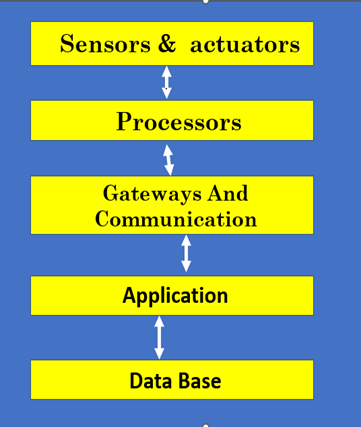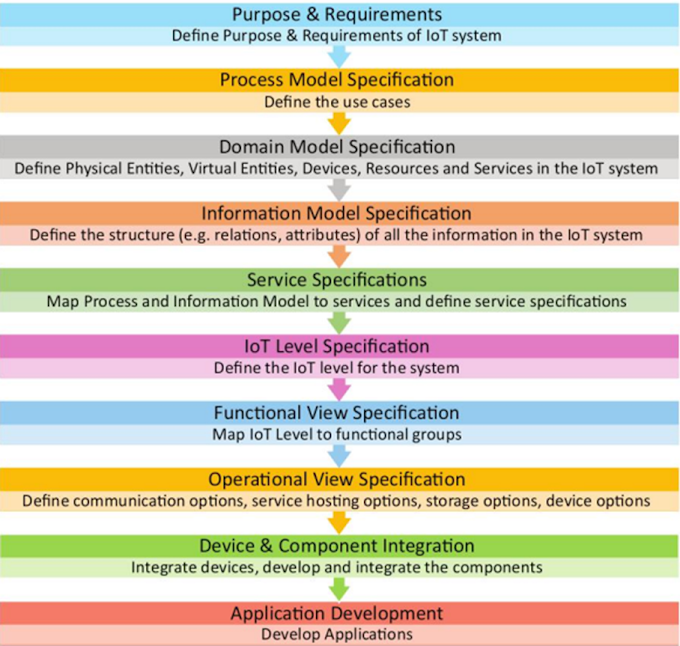Case Study on Microsoft Azure Service Models
Introduction to Cloud Service Models
- Objective:
Understand Microsoft Azure’s service models—Infrastructure as a
Service (IaaS), Platform as a Service (PaaS), and Software as a Service
(SaaS)—and address business challenges.
- Context:
Azure enables organizations to achieve scalability, cost-efficiency, and
innovation through cloud computing.
- Case
Study Focus: XTGlobal’s Azure-based solution for an accounting firm,
showcasing real-world application of IaaS, PaaS, and SaaS.
Overview of Azure Service Models
- Infrastructure
as a Service (IaaS):
- Provides
virtualized computing resources (e.g., VMs, storage, networking).
- Azure
Examples: Azure Virtual Machines, Azure Blob Storage, Azure Virtual
Network.
- Key
Features: Scalability, pay-as-you-go pricing, user-managed OS and
applications.
- Use
Case: Hosting applications, development environments, or large-scale
storage.
- Platform
as a Service (PaaS):
- Offers
a platform for developing and deploying applications without managing
infrastructure.
- Azure
Examples: Azure App Service, Azure SQL Database, Azure Functions.
- Key
Features: Automated scaling, simplified deployment, integration with dev
tools.
- Use
Case: Rapid development of web applications or APIs.
- Software
as a Service (SaaS):
- Delivers
fully managed software via subscription, accessible over the internet.
- Azure
Examples: Microsoft 365, Dynamics 365, SharePoint.
- Key
Features: Accessibility, automatic updates, minimal maintenance.
- Use
Case: Enterprise tools like CRM, email, or collaboration platforms.
-------------------------------------------------------------------------------------------------------------------
Case Study – XTGlobal’s Azure Solution for an Accounting Firm
Organization:
- A leading accounting firm with manual, time-intensive data retrieval processes.
- Business
Challenge:
- Manual
data downloads took 8–10 hours weekly, increasing labor costs.
- Need
for a secure customer portal, third-party API integration, scalability,
and cost-efficiency.
- Objective:
Automate data retrieval, enhance customer experience, and reduce costs.
Azure Service Models Utilized
- PaaS
Implementation:
- Azure
App Service: Hosted a secure customer portal for financial data
access.
- Azure
SQL Database: Managed relational database for scalable, secure data
storage.
- Benefits:
- Automatic
scaling for varying user loads.
- Rapid
development (solution built in 3 weeks).
- Reliable
data storage with backup and recovery.
- IaaS
Implementation:
- Azure
Repos (Azure DevOps): Cloud-based version control for managing portal
code.
- Benefits:
- Enhanced
developer collaboration.
- Streamlined
DevOps pipeline integration.
- SaaS
Integration:
- Connected
to third-party SaaS financial data providers via APIs.
- Benefits:
- Automated
data retrieval, reducing processing time to minutes.
- Improved
user experience through seamless data access.
Azure Architecture
- Components:
- Azure
App Service: Scalable web application hosting.
- Azure
SQL Database: High-availability (99.9% uptime) data storage.
- Azure
Repos: Code management for rapid development.
- API
Integration: Automated data retrieval from third-party sources.
- Security:
Azure Active Directory and encryption ensured compliance and data
protection.
- Cost
Model: Pay-as-you-go minimizes capital expenditure.
Outcomes
- Efficiency:
Reduced data retrieval time from 8–10 hours to minutes.
- Cost
Savings: No upfront infrastructure costs; optimized pay-as-you-go
model.
- Scalability:
Handled increased data volumes and user traffic seamlessly.
- Time-to-Market:
Solution deployed in 3 weeks.
- Security:
Compliance with regulatory standards via Azure’s security features.
Database Dependencies in Context
- Functional
Dependencies: In Azure SQL Database, CustomerID → FinancialData
ensured data consistency.
- Inclusion
Dependencies: AccountID in the portal referenced a valid AccountID in
external systems.
- Normalization:
Database schema optimized to eliminate redundancy and improve efficiency.
Advantages of Azure Service Models
- Scalability:
Automatic scaling of App Service and SQL Database.
- Cost
Efficiency: Pay-as-you-go model reduced costs vs. on-premises
infrastructure.
- Rapid
Development: PaaS enabled quick deployment without server management.
- Security:
Encryption and Azure Active Directory ensured data protection.
- Integration:
Seamless API and Microsoft product integration.
Drawbacks
- Learning
Curve: Teams may need training to use Azure effectively.
- Internet
Dependency: Requires reliable connectivity, challenging in rural
areas.
- Cost
Management: Improper resource management may lead to unexpected costs.
Broader Applications
- Examples:
- Paytronix:
Used Azure PaaS (API Management) to improve API response time by 20%.
- Commercial
Bank of Dubai: Leveraged PaaS and IaaS for faster, secure app
infrastructure.
- Australian
Retail Chain: Combined Azure Stack Edge (IaaS) and Dynamics 365
(SaaS) for rural connectivity.
- Key
Takeaway: Azure’s flexibility supports diverse industries and use
cases.
=================================================================



0 Comments